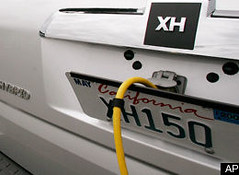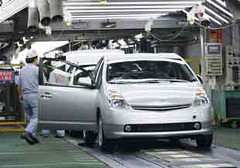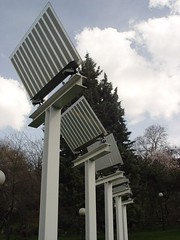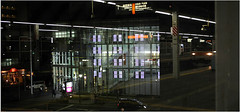
The day is fast approaching when electric cars will be tooling around our city streets and neighborhoods, driven by people other than well-heeled celebrities or devoted hobbyists. As GM and a slate of other automobile manufacturers ready their first serious electric cars for the market, thoughts naturally turn toward the state of the infrastructure for dealing with these electricity sipping vehicles.
Joel Makower in Electric Cars: Where Will the Infrastructure Come From? grapples with some of the issues that are quickly moving from the theoretical realm to the practical.
In reality, the GM-utility conversation isn't entirely new. It began in January, at a Vehicle Electrification Workshop held at GM's research center in Warren, Michigan. I had the privilege of attending the meeting, which was facilitated by my colleagues at the sustainability strategy firm GreenOrder. The meeting included more than two dozen utility executives, including a team from the Electric Power Research Institute, the industry-funded consortium that served as the co-convener of the meeting.
It was an eye-opener, to say the least. It turns out that building the infrastructure for the plug-in electric vehicle isn't simply a matter of, "Here's a plug, here's a socket. End of story."
First of all, not everyone has a socket — a secure place to park their car and recharge it. Those living in apartment buildings, for example, lack this ability. Even where a plug exists, it may not have sufficient amperage to handle the load. (I'm a good example: I have a socket in my garage, but it's on the same circuit as my bedroom. If you plug in a power-hungry appliance in the garage, TiVo gets grumpy.)
But that's the least of it. Building the plug-in infrastructure involves a mind-numbing array of technical challenges.
Makover goes on to talk about connector compatibility, outlet access, vehicle-to-grid considerations, and other topics that make it clear that there is more to this transition away from the petrol pump than just hopping in an electric vehicle and driving away. Now is the time to start setting the standards and creating the infrastructure.



